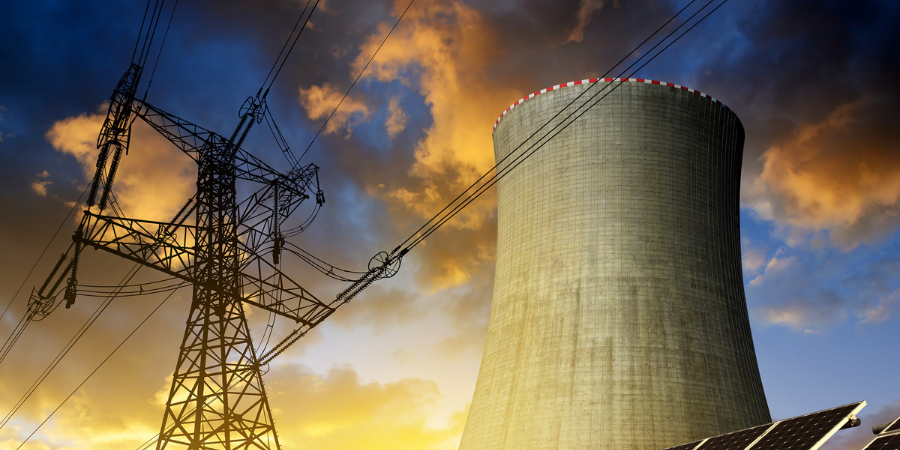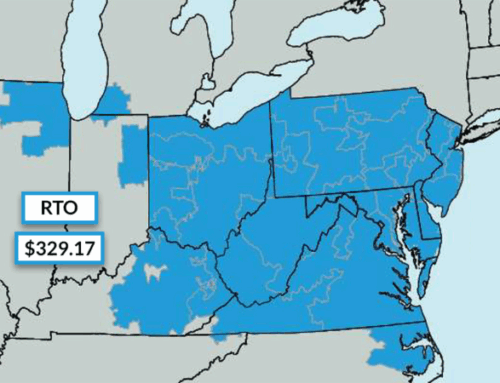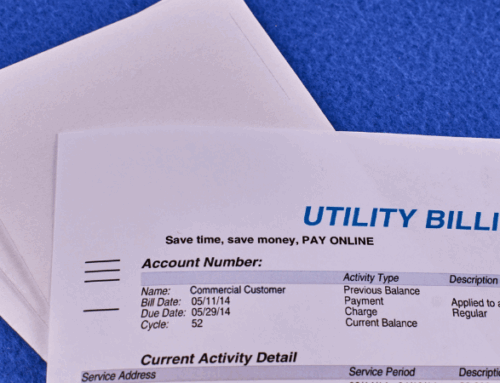As energy markets continue evolving and deregulation expands across the U.S., the concept of stranded costs has become increasingly important to understand for both energy market participants and consumers. Stranded costs refer to investments made by regulated utilities that may no longer be recoverable in a restructured, competitive market. For brokers and large energy users in deregulated states, understanding stranded costs is essential to navigating rate structures, energy procurement strategies, and controlling energy costs. This article breaks down what stranded costs are, why they matter, and how they affect ratepayers in deregulated energy markets.
What Are Stranded Costs In The Energy Market?
Stranded costs are expenses that utilities incurred under a regulated market framework, which they can no longer recover after that market deregulates. These costs are often associated with long-term investments in transmission infrastructure or generation. For example, a utility may have built a coal-fired power plant under the assumption that it would operate profitably for 40 years. However, if the state later opens its energy market to competition, the utility may be required to divest of the plant, leading to a stranded cost. These assets lose value in the market, but the utility still seeks to recover its original investment through rate tariff increases, creating tension between regulated recovery and competitive pricing.
How Stranded Costs Affect Utilities And Ratepayers
Stranded costs are a financial risk for utilities in deregulated markets because they can no longer rely on the guaranteed capital cost recovery through regulated tariffs. This can affect their willingness to invest in new infrastructure. To offset this risk, utilities often request alternative cost recovery mechanisms from regulators.
For ratepayers, stranded costs typically appear as non-bypassable charges or fees embedded in their electricity bills. This means even if customers switch to a competitive supplier, they may still pay a portion of the utility’s stranded costs in the form of a line item on the utility bill.
For example, in a state where utilities invested heavily in coal-fired generation before deregulation, customers might continue paying a stranded cost charge to help recover those investments, even if they now purchase renewable energy plans from a third-party supplier.
Stranded Costs vs. Stranded Assets: Key Differences
It’s important to distinguish between stranded assets and stranded costs. Stranded assets refer to physical infrastructure that becomes obsolete or uneconomic due to regulatory or market changes. Stranded costs refer to the unrecovered financial value of those assets. For example, if a natural gas plant is no longer needed due to excess solar generation, the plant itself is the stranded asset. However, the unrecouped investment the utility seeks to recover through rates is the stranded cost. Understanding this distinction helps stakeholders evaluate the financial and policy implications of transitioning to a cleaner grid.
Recovery Mechanisms: Depreciation, Securitization & Regulatory Assets
Utilities use several methods to recover stranded costs:
Accelerated Depreciation
Utilities write off the value of stranded assets more quickly than planned to reduce long-term financial exposure. Through an accounting mechanism called accelerated depreciation, they are able to depreciate the value of the asset in a shorter period of time, helping them to offset some costs.
Securitization
Utilities issue low-interest bonds to cover stranded costs, with repayment coming from a fixed charge on customer bills. This method can reduce the rate impact compared to direct recovery, as the payback period is widened over a longer period of time.
Regulatory Assets
Regulators allow utilities to defer stranded cost recovery into future periods, treating them as assets on the balance sheet to be recovered over time. This can help a utility’s financial reporting and stock price by not having to realize the accounting loss in real-time.
Stranded Costs In Deregulated vs Regulated States
In regulated states, stranded cost recovery is simpler as utilities can include these costs directly in the approved rate tariff. In deregulated states, however, recovery must be planned during the transition to competitive markets. This usually involves state legislation or regulatory rulings.
For example, when Texas deregulated its electricity market, it allowed utilities to recover certain stranded costs through non-bypassable transition charges on customer bills. Pennsylvania used a similar approach, permitting recovery over a defined time period with ratepayer protections in place. These policies are essential to ensure fair treatment of utilities while also fostering competitive market development.
Impact On Energy Deregulation
Stranded cost concerns can slow the pace of deregulation. If utilities are uncertain about recovering past investments, they may oppose or delay market deregulation efforts. Additionally, if stranded cost recovery places too much financial burden on ratepayers, it can undermine the benefits of free market competition. Competitive suppliers also face challenges if stranded cost charges make their rates appear less favorable to consumers, even if their underlying commodity cost is lower. This can distort price signals and hinder customer switching. From a policy standpoint, a well-structured stranded cost recovery process is critical to opening more competitive electricity markets.
Want To Learn More?
Stranded costs represent one of the most complex challenges in the shift from regulated to deregulated electricity markets. Understanding these costs is essential for large energy users and market participants. At Diversegy, our energy experts help our clients navigate every aspect of energy procurement, including educating them on the anatomy of their utility bills. If you’re a large energy user or broker looking to understand how stranded costs may affect your bottom line, contact our team today for a custom energy consultation.



